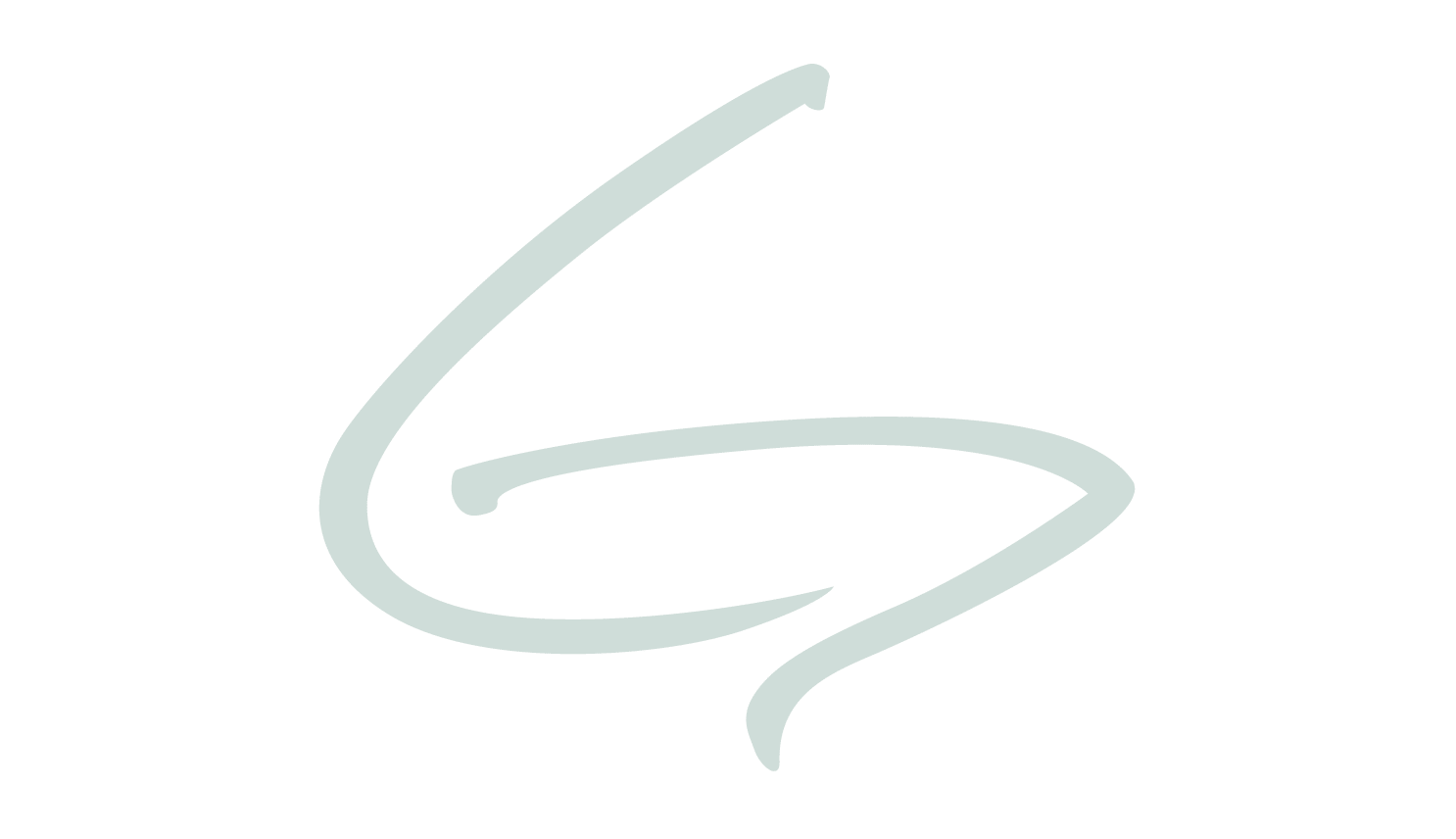August-June
Come count your change, stay on budget, and understand how money works at the Market! Students will learn about financial literacy, budgeting, and decision-making as they make choices when shopping at our Farm Market.
Ohio Standards:
- SL.3.1 Engage effectively in a range of collaborative discussions (one-on-one, in groups, and teacher-led) with diverse partners on grade 3 topics and texts, building
- 3.MD.1 Work with time and money.
- Financial Literacy:
- 1. Choices can be made with your money. Choices include spending, saving and donating. Money can also be saved in financial institutions.
- 4. Financial responsibility includes the development of a spending and savings plan (personal budget).
- 5. An informed consumer makes decisions on purchases that may include a decision-making strategy to determine if purchases are within their budget.
- 6. Recognize that money is needed to purchase goods and services.
NGSS Standards:
- 3-5-ETS1-1. Define a simple design problem reflecting a need or a want that includes specified criteria for success and constraints on materials, time, or cost
Ohio Social Studies Standards:
- Economics – Production and Consumption: A consumer is a person whose wants are satisfied by using goods and services. A producer makes goods and/or provides services.
- Economics – Markets: A market is where buyers and sellers exchange goods and services.
- Economics – Financial Literacy: Making decisions involves weighing costs and benefits.
- Economics – Financial Literacy: A budget is a plan to help people make personal economic decisions for the present and future and to become more financially responsible.
Vocabulary:
Money, Dollar, Quarter, Dime, Penny, Budget, Price, Cost, Goods and Services, Farm Market, Add, Subtract, Decide, Financially Responsible
